The sea was in a giving mood that week. Of course it’s all how you look at it. It’s not time alone that the sea mocks; the ocean also has a wry view of optometry. Those are pearls that were his eyes.
|
In early February of this year, to celebrate my retirement from the university job I’d held for the last three decades or so, we scheduled our annual Outer Banks winter beach trip for what turned out to be a rather cold week. There weren’t many people around. Since the persistent northeast wind was driving a lot of water and sea debris ashore, the beach was even more clammy than the cold air. Living sponges were also hauled ashore by the tide. For the most part I believe in letting shells lie where nature tosses them, to be stepped on or sucked back into the sea or buried under the sand as nature dictates, but there were so many broken whelks and moon snails strewn along the tide line that greed got the best of me and I collected a number of whelk hulks with the goal of stringing them into a whelk sculpture. Here is the “make a whelk sculpture” kit on the floor. I could describe all the ingenious thinking that went into this creation, and the technical steps I followed, but to be fair, there are probably many right and few wrong ways to string up whelks. In honor of blockbusting bestsellers, and the movie inspired by same, I call this “Fifty Shades of Whelks,” though these shells in fact display many more than fifty shades. They are just the hulks, of course, of the living creatures that once inhabited them. The true shades, or pneumata, of these whelks and moon snails have returned to the halls of Tethys. It would be difficult to say without the assistance of a laboratory how old these various whelks are. The Outer Banks have been there since before the last Ice Age and the ocean side was the reverse, or sound side, as recently as a few thousand years ago. The shell beds of that era, before even the people of the First Nations walked the sands of what is now North Carolina, are still buried just offshore and the winter storms excavate these beds and cast their shells, some as old the Pyramids, onto the beach, next to yesterday’s freshly deposited seaweed. The sea was in a giving mood that week. Of course it’s all how you look at it. It’s not time alone that the sea mocks; the ocean also has a wry view of optometry. Those are pearls that were his eyes. And it was a fine season for the remains of shipwrecks. Wreck bits were cast up in quantity, including lumps of coal from the old sidewheelers, such as the Metropolis which broke up not far from where we stayed. The Metropolis went down in January 1878 with the loss of 85 lives. Old planks and coal—not necessarily from the Metropolis, since this coast is littered with sunken ships. On a cold February afternoon, it can seem as if no one is there. Karen and I went for a walk in Duck, a little to the south, and found the sound frozen and sea gulls standing on the ice. The heron stood guard over her inlet, taking the weather as it came. Back home in central Virginia, we had some of the coldest weather Virginia ever gets, with two weeks of snowstorms and frozen snow that would not melt. Winter, however, is passing rapidly now. Today our early daffodils have begun to appear, with crocuses and snowdrops to keep them company. Plant life is making its way out of the mud and into the sunlight and breezes of mid-March.
2 Comments
|
AuthorGary Dale Mawyer, a Central Virginia native, has over 40 years of publishing and editing experience and lives with his wife Karen and two cats in Albemarle County. Sites I likeafroculinaria.com/
largea.wordpress.com/livinglisteningandthingsilove naturalpresencearts.com/ someperfectfuture.com Archives
July 2024
|
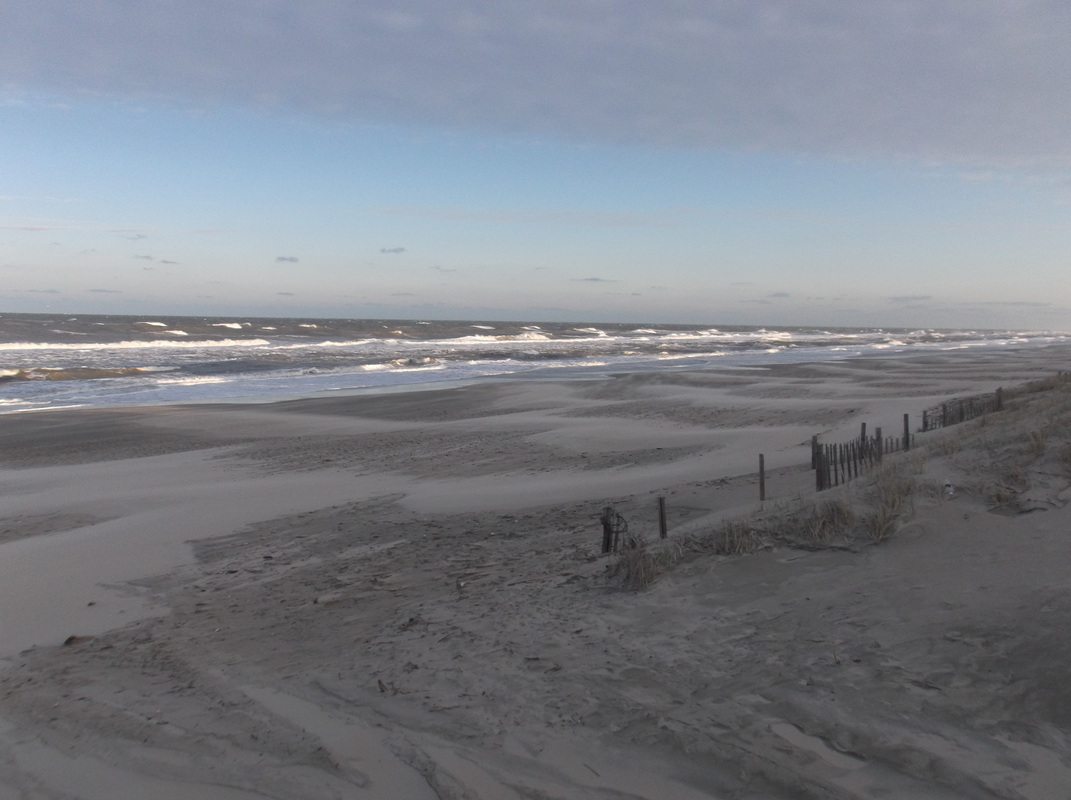
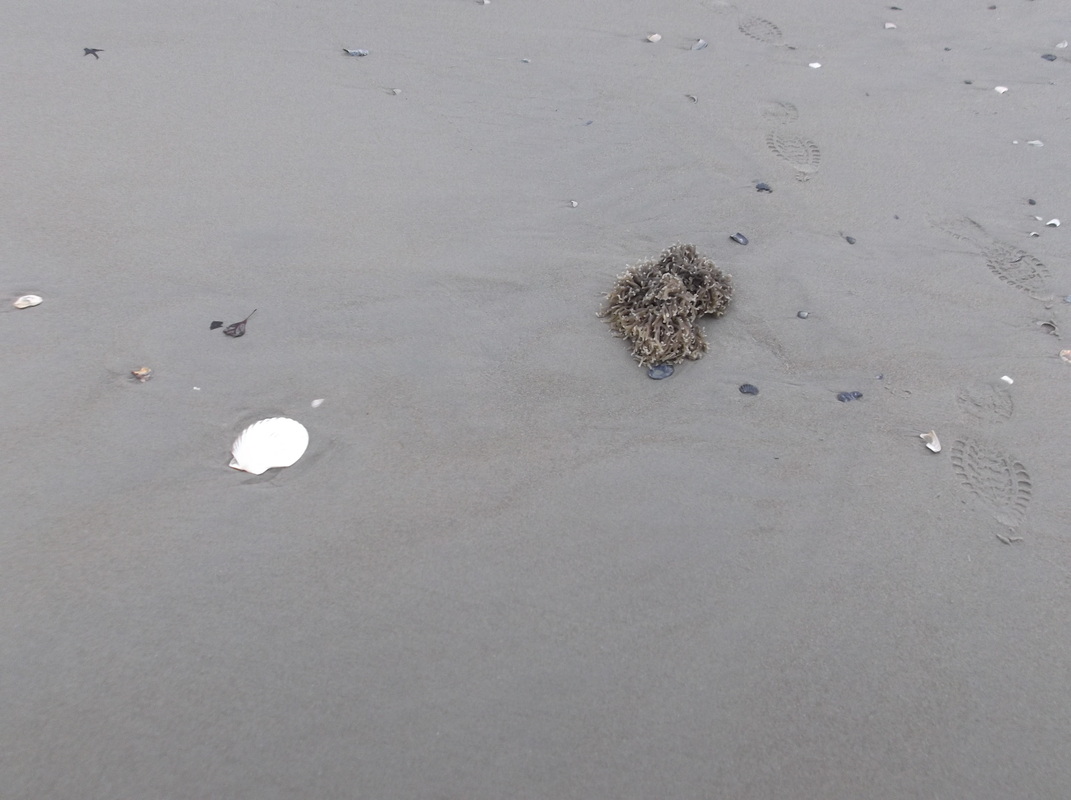
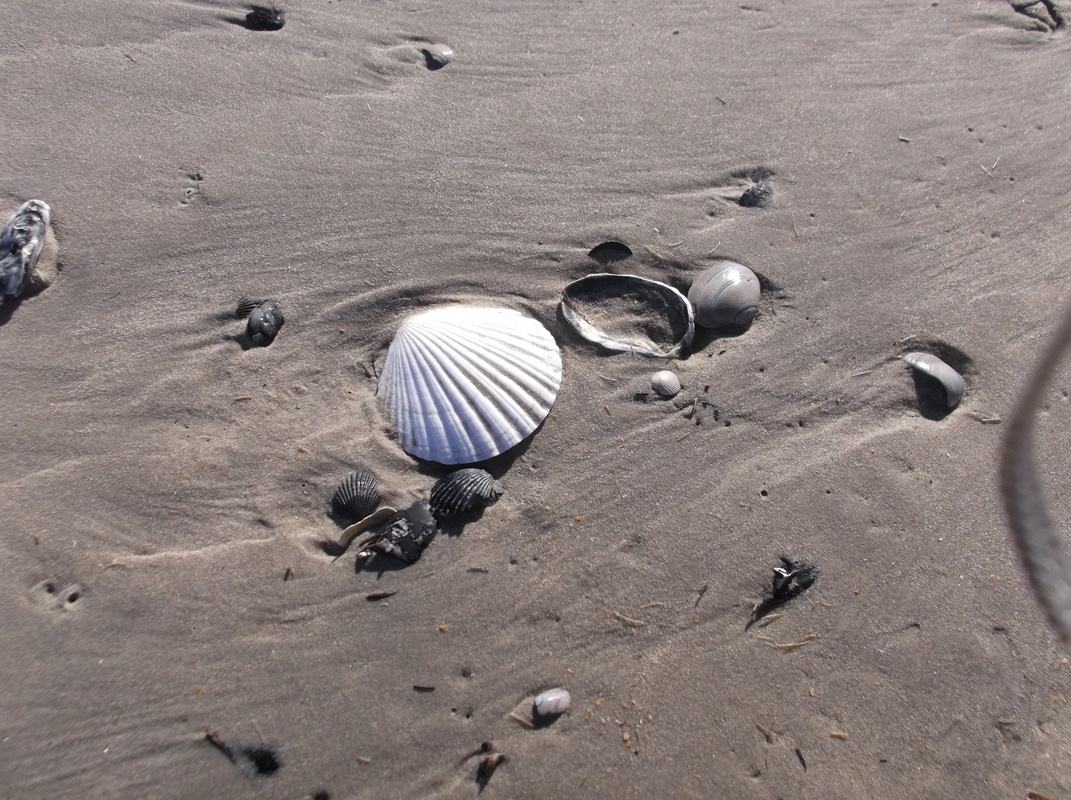
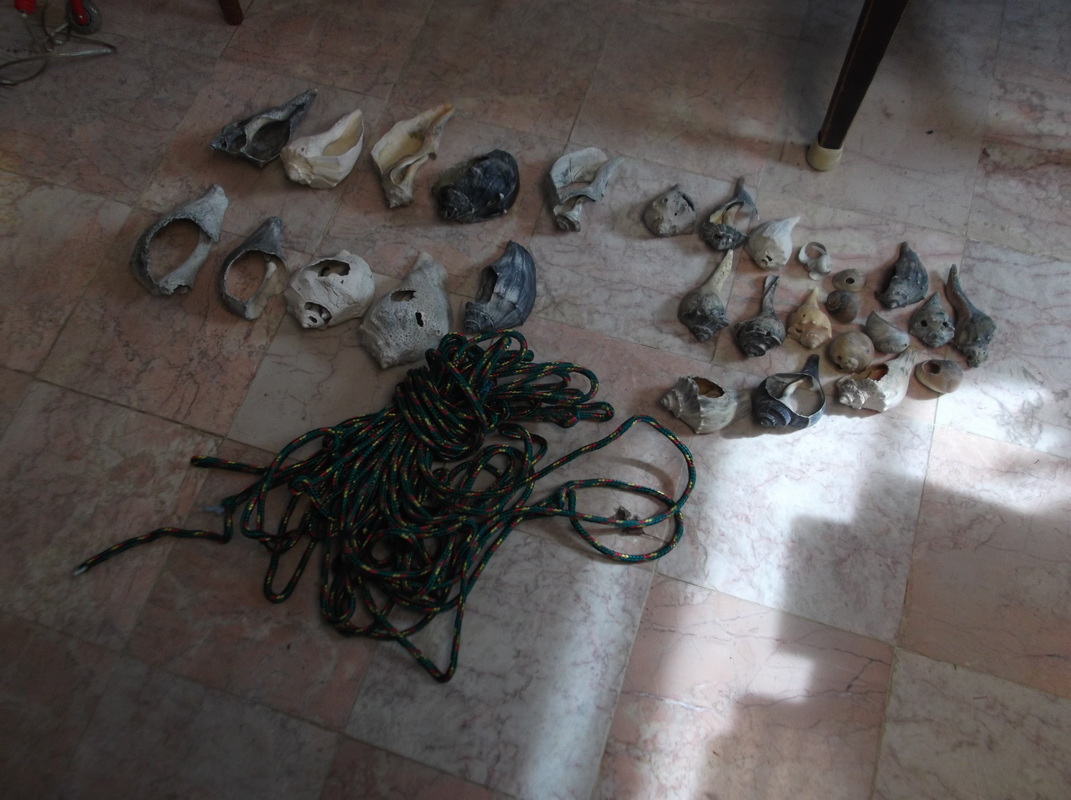
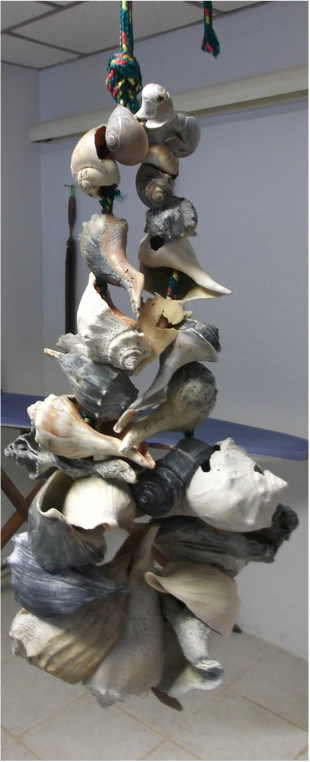
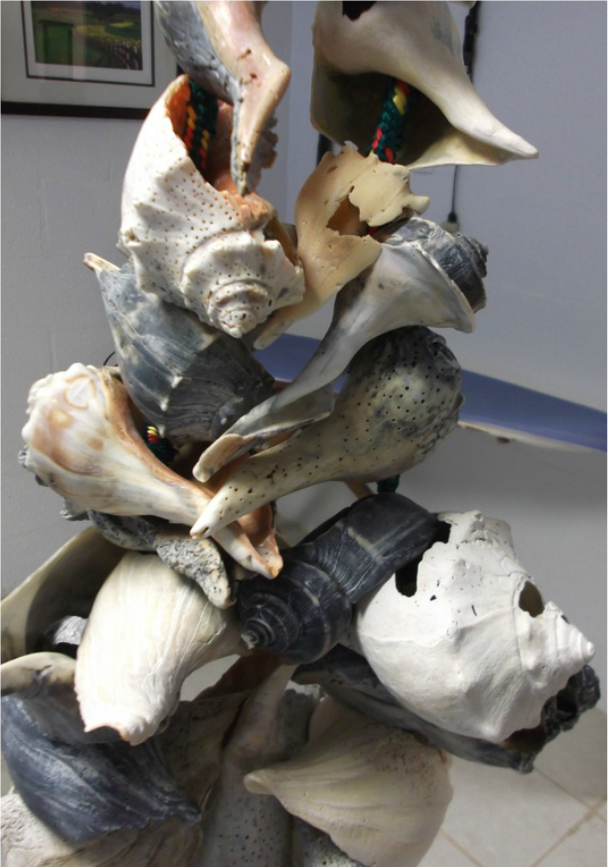
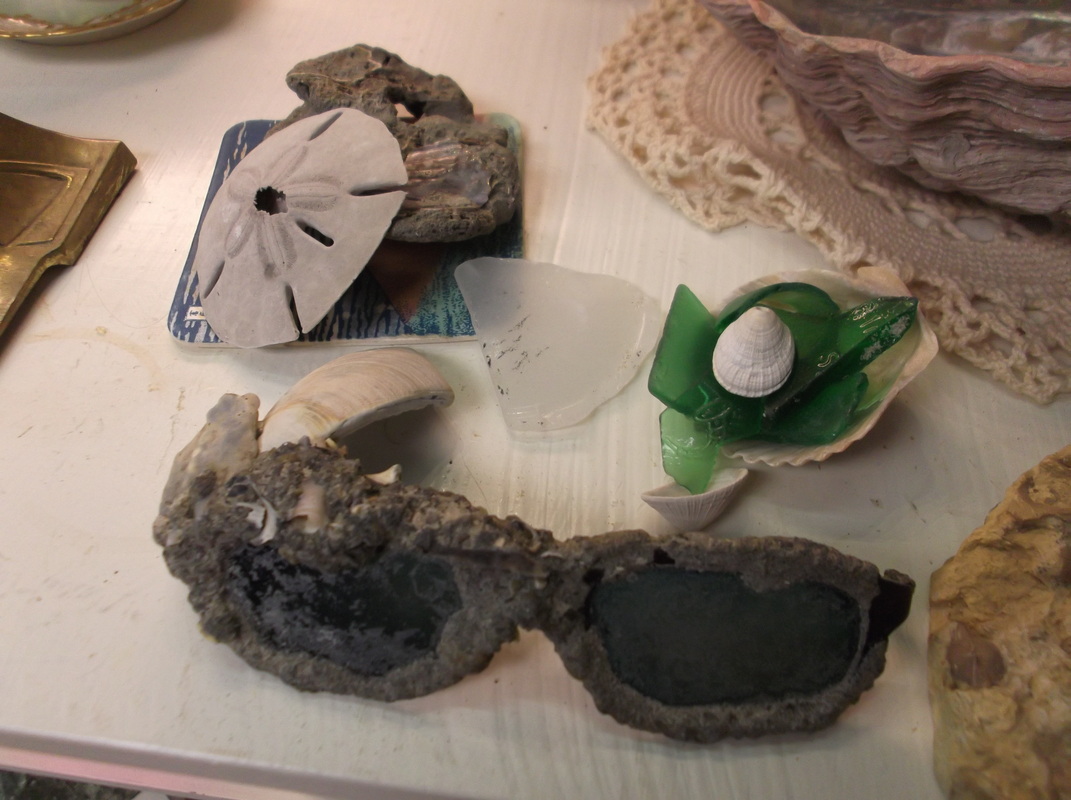
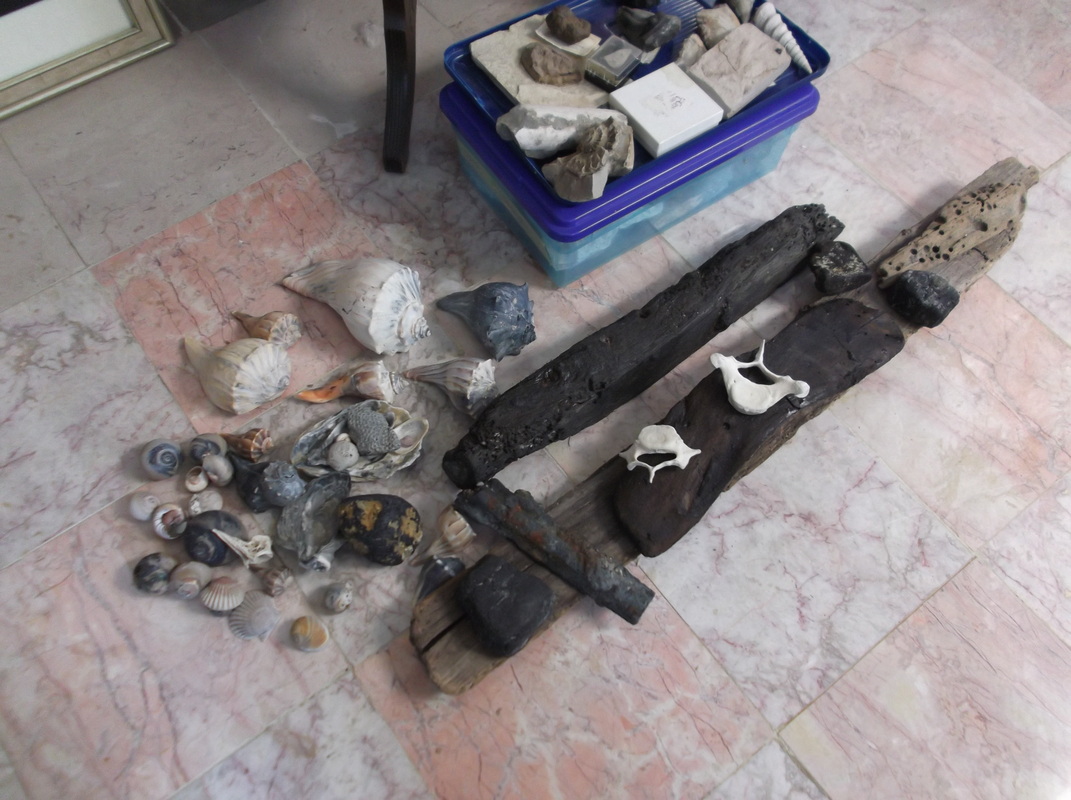
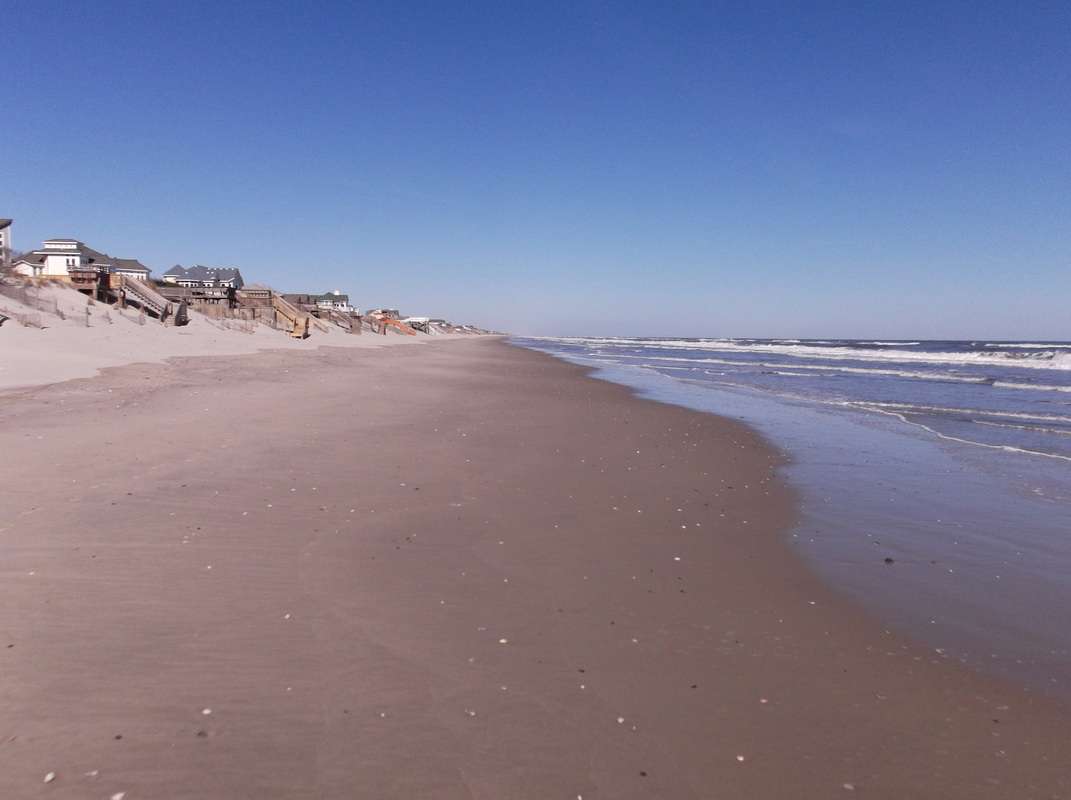
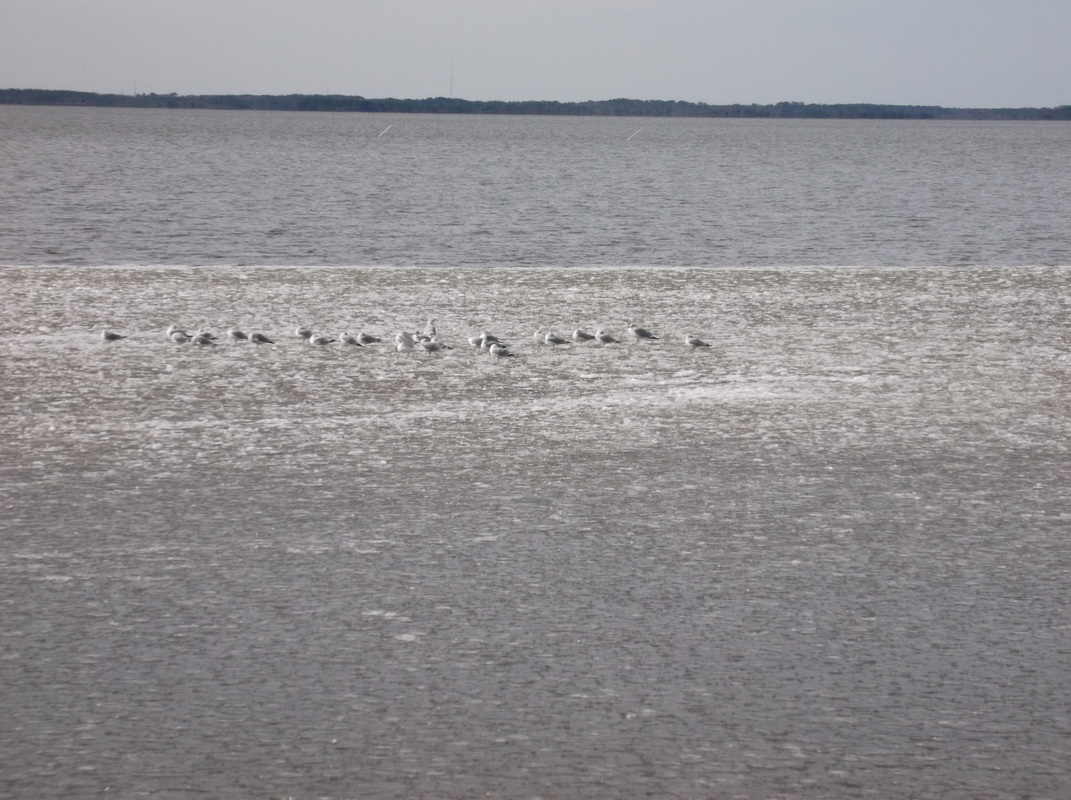
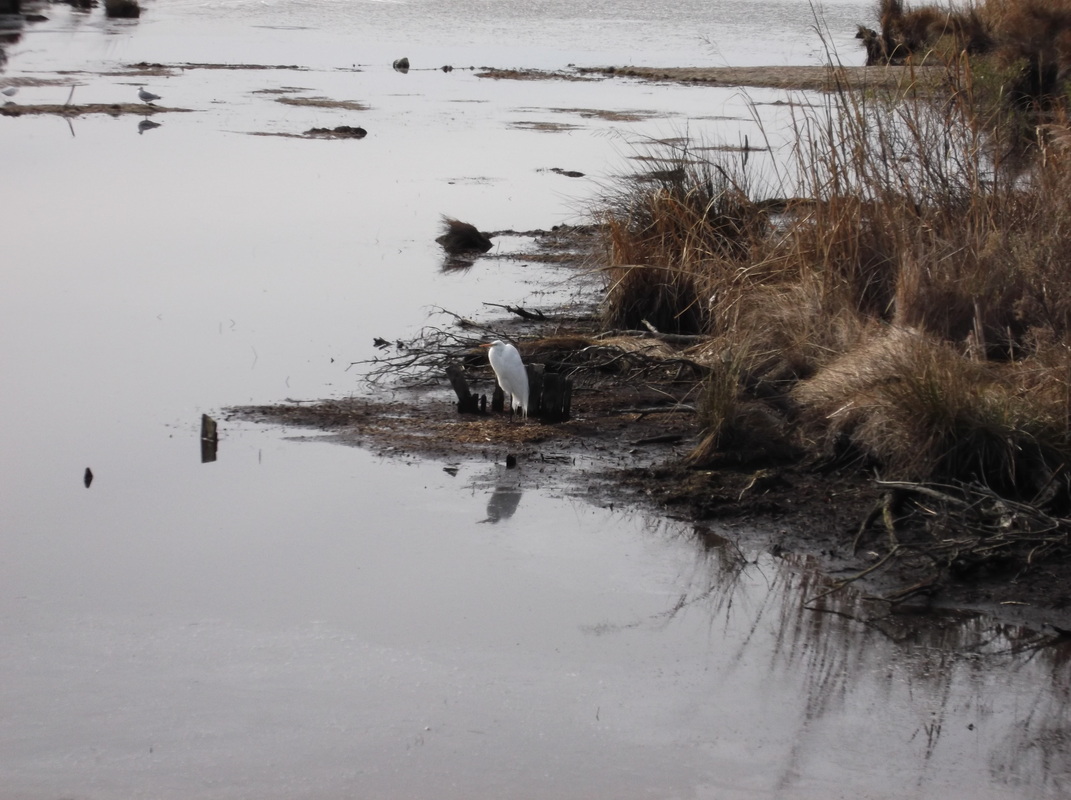
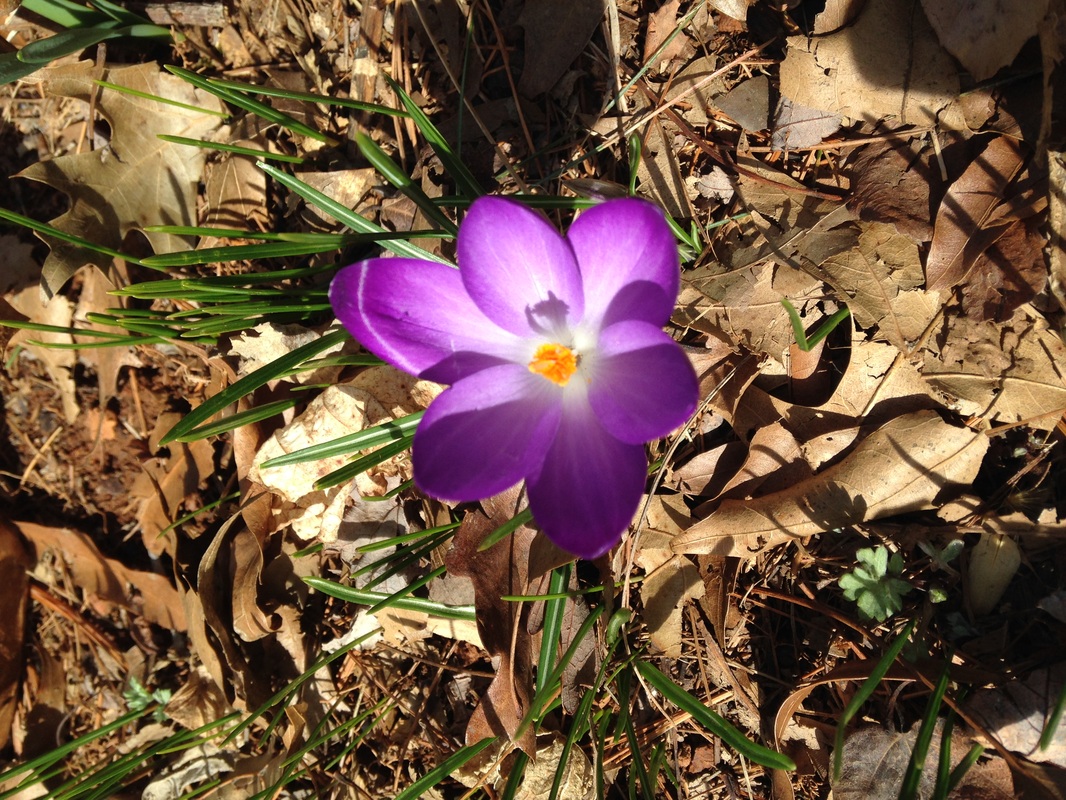

 RSS Feed
RSS Feed